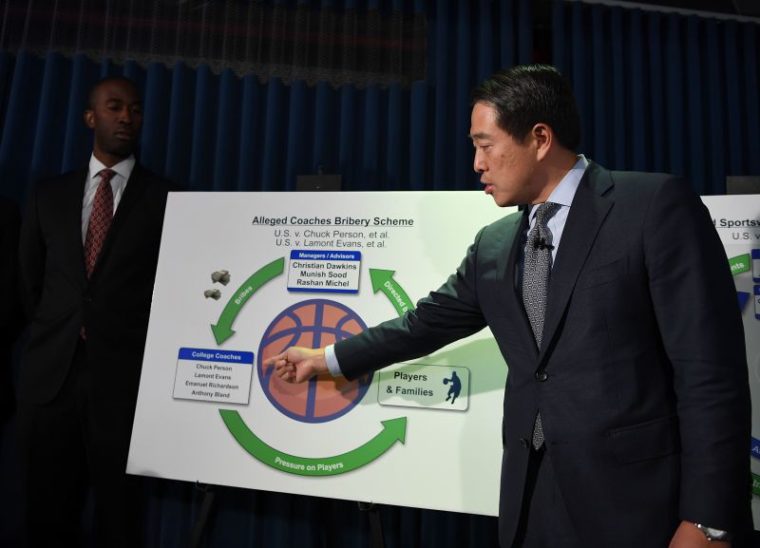On a daily if not hourly basis, we are bombarded by breaking news. The proliferation of news channels and social media increases the volume and speed of how news spreads. Given turbulent news, instructors can leverage current events to demonstrate the applicability of course content. In my book, Teaching for Learning: 101 Intentionally Designed Educational Activities to Put Students on the Path to Success, my co-authors and I described how faculty can accomplish the goal of teaching with the news. In today’s post, I want to share our In the News IDEA so help instructors think about how they can use current events in the classroom.

Photo credit: Brad Montgomery
IDEA #16: In the News
Overview
It has long been known that students are more likely to learn and to retain information for which they see practical use and relevance (Dewey, 1938). The In the News IDEA can be used in a variety of different formats and course subjects to illustrate to students that concepts learned in class are directly relevant to societal issues. Students may bring in news stories of their choice to discuss, or the instructor may select a “hot topic” for the class. The core concept is to cold-call on students to describe their news story or share thoughts about a current event to encourage class discussion and application of course content to contemporary contexts. In the News is particularly engaging when controversial topics are brought to class that provide fodder for discussion.






